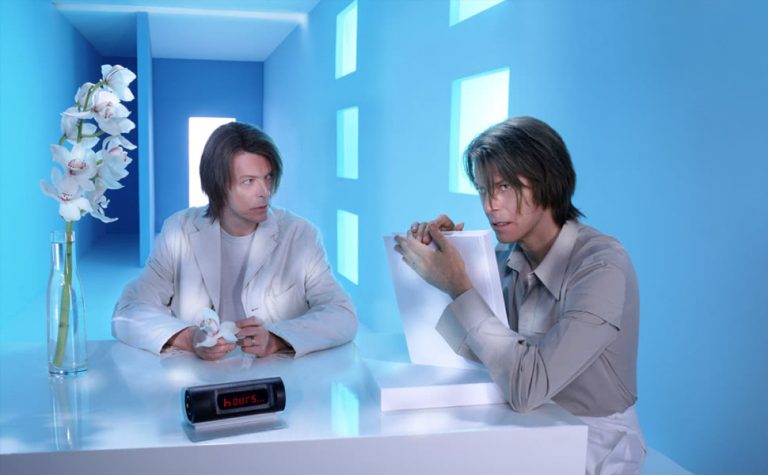Ever since a spectral Tupac took those first steps across the stage at Coachella in 2012, argument has raged over whether a spectacle of this sort is something we should be doing to our dead performers.
Some see it as a tribute, a marriage of technology and music that allows an audience to connect with a performer they admire, but were never able to see live. Others consider it to be outright disrespectful – whether to the performer’s memory, or the idea of live performance itself – and view these apparitions as a blight wherever they appear. Hell, it’s even an indictment on our current crop of megastars if their ranks need to be bolstered by artists we’ve lost.
But while there are plenty of arguments against dragging our lost greats back onto stage for eternity, an illusory version of heavy metal legend Ronnie James Dio has thrown up a different perspective on if and when a hologram might just make sense.
Having overseen the recent resurrection of her late husband at a number of shows with tribute act DIO Disciples, Dio’s widow Wendy defended the decision to continue her husband’s legacy in this way, arguing that it was perfectly in keeping with the spirit (ahem) of his live performances.
“I feel that Ronnie was an innovator in music, and why not be an innovator in technology also?” she told the Talk Toomey podcast (via Blabbermouth)., pointing out that Dio had already been interested in the idea decades back.
“He tried to make a hologram in 1986. When we had the [DIO] ‘Sacred Heart’ tour, we did the big crystal ball with Ronnie’s head in there talking, which was actually done with a rear projection, but we were always trying to do new things and exciting things.
“In fact, his personal [assistant] just called me a couple of weeks ago and he said, ‘Hey, Wendy, I just found this interview that Ronnie did a long time ago, and they were asking Ronnie [if he had] plans to retire, and ‘what will you do when you retire?’ And he said, ‘Well, I don’t think I’ll ever retire. I’ll probably die on stage. Or if I don’t, I’m sure Wendy will find something for me to do after.’ [Laughs] So I thought that was quite funny.”

A ‘hologram’ of Ronnie James Dio performing this past February
So, in Wendy’s eyes – at least in her husband’s case – a hologram is just another way of embracing an artist’s inventive spirit in a new way. By this measure, the boundary-pushing Starman himself David Bowie may have been thrilled to live on as a hologram; he in fact played one in his sole video game appearance in Omikron: The Nomad Soul, and was also made into a series of life-sized holograms over a decade ago by artist Martin Richardson.
“I don’t think I’ve ever quite experienced holograms like these, they really are magnificent,” he was quoted as saying at the time. “They almost become part of one’s family, and a very disturbing and ‘otherly’ family at that.”
And that’s ultimately the point, really: unless an artist had the chance to agree to being paraded out again and again in virtual form – unless they explicitly wanted their performances to live on beyond them – we’re always going to find it just a little bit disturbing.

Bowie filming the footage for the lenticular ‘holograms’ produced a decade back




































